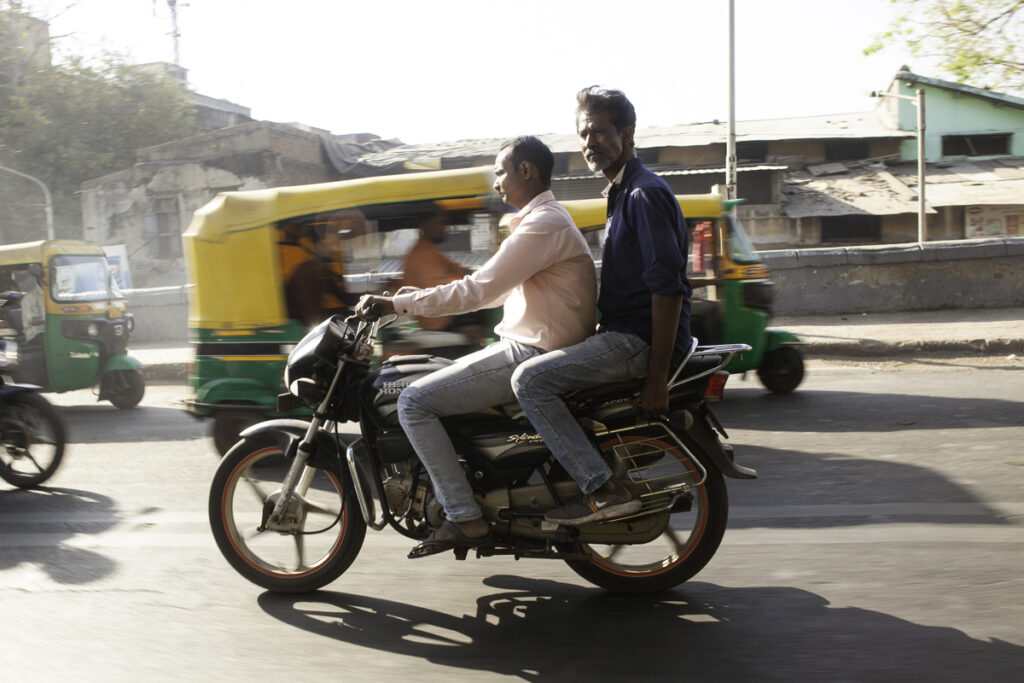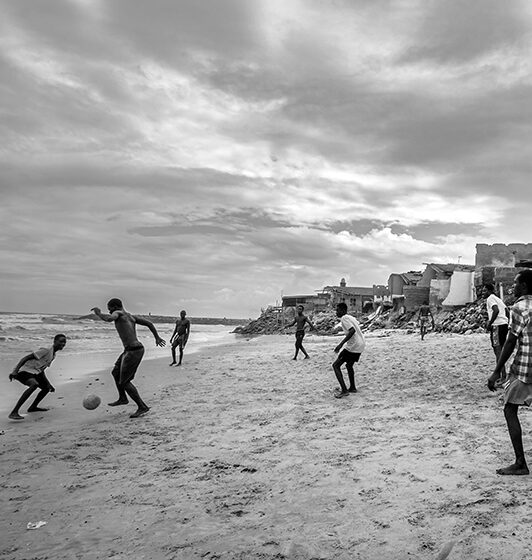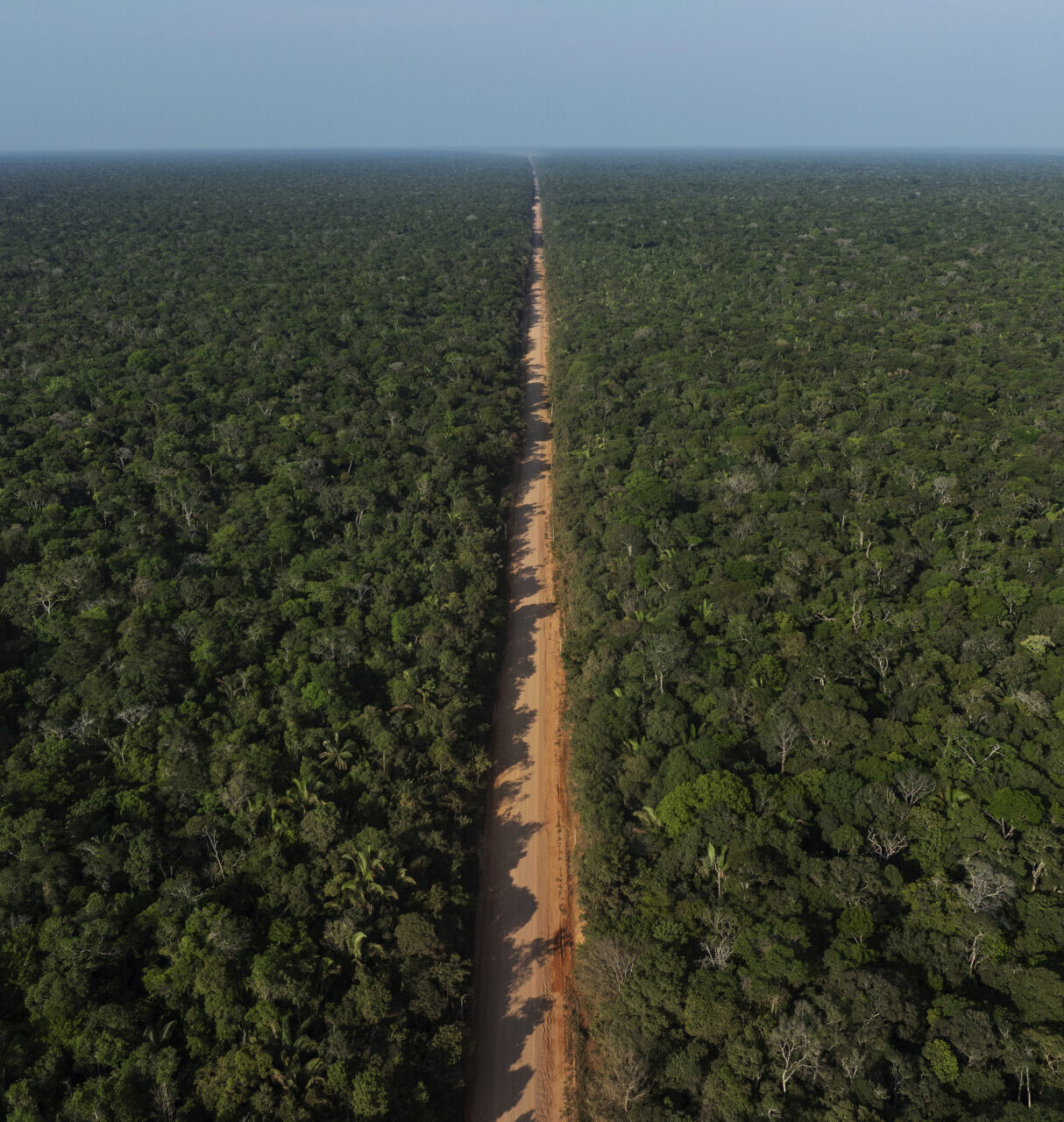The history of heat waves reveals the urgency of adaptation

As the equinox approaches and the sun rises higher in the sky, people throughout the northern hemisphere wonder: How hot will it get? They have good reason to worry. 2023 had been the hottest year on record until 2024 left it far behind. 2025 is already off to a hot start. Delhi experienced its warmest February in decades and Mumbai has already suffered a heat wave. The Indian Meteorological Department predicts that March might be the hottest on record. The heat will only intensify in spring and summer. People in India—and around the world—will die from the heat.
Our continuing vulnerability to heat is a vexing problem. Humans have known that heat can kill for thousands of years. Aristotle and other ancient Greek philosophers believed that humans could not survive in the tropics. When Vasco da Gama ventured around Africa to India in the 15th century, Europeans recognized this error: Other humans did live in hot climates around the world. Europeans learned from them how to adapt their food, clothing, and daily activities to survive the heat—they did this in part by enslaving or indenturing people from Africa and India to labor for them.
Scientists, meanwhile, gained growing respect for human resilience. They had long known that humans and other warm-blooded animals could generate heat to stay warm. In the 18th century they learned that human bodies could also radiate heat through sweating and evaporative cooling. Scientific journals and popular magazines popularized great feats of heat tolerance, from baker’s girls who could walk into hot ovens at temperatures well over 100°C to a “human salamander” who entertained carnival-goers by sitting in an oven that was hot enough to cook a raw steak and eggs, which he then proceeded to eat.
The relationship between humans and heat, however, had begun to change. Scientists in Europe and the United States realized by the early 1800s that cities were consistently warmer than the countryside around them—the “urban heat island” effect. Heat was no longer something that just happened, it was something humans were fueling. Heat waves received growing attention in the world’s newspapers. The Times of India regularly featured heat waves around the world. Heat in Australia in 1897 caused “severe suffering.” London in 1900 felt like “a witches’ cauldron.” When Calcutta hit 40° Celsius (104° Fahrenheit) in 1905, horses, bullocks, and several Europeans died. Terrible heat struck Chicago, New York, London, and Budapest in 1928. Alwar City in the state of Rajasthan set a record for the highest temperature ever measured in India, reaching 50.6°C in 1956. Phalodi broke this in 2016, hitting 51.0°C (123.8°F).
Doctors knew well that such heat could kill. Early medical investigators in the United States focused on young men and women who labored in hot factories. By the 1960s, however, health officials worried most about people who were elderly and poor or had health conditions like heart disease that left them susceptible. Europe has reported the highest death tolls, with over 60,000 heat-related deaths in 2022. India has been relatively spared—if the numbers are to be trusted. Orissa hit 49.5°C in 1998, leaving 1,300 people dead. A heat wave in 2015 killed over 1,000 people in Andhra Pradesh; 2,500 died across India. Despite the record heat in 2024, the government reported just 360 deaths, though another analysis put the toll at 733.
The relationship between humans and heat continues to change. Heat waves, once simply a natural phenomenon, are now a symptom of global warming. In the 1980s scientists became confident that the combustion of fossil fuels fueled a “greenhouse effect” and global warming. Temperatures in 2024 were 1.5°C (2.7°F) hotter than pre-industrial levels. Scientists are especially concerned about the combination of heat and humidity, which can be measured as the “wet-bulb temperature.” When the wet-bulb temperature exceeds 35°C (95°F), human bodies cannot radiate the heat produced by our basic metabolic activities. Prolonged exposure to such heat is lethal. Less severe conditions can cause heat stroke and other debilitating conditions.
Some scientists put the limit at a wet-bulb temperature of just 31°C (87.8°F).
Another concern is the variability of heat exposure – a subject my colleagues and I are meeting in Delhi this week to discuss at the India 2047: Building a Climate-Resilient Future symposium. While weather reports reflect the average temperature reached in a city, the actual heat experienced by individuals depends on exactly where they live and work within that city, and whether that have access to air conditioning. Studies in Ahmedabad have shown that heat exposure can vary dramatically even within a single apartment building. Even if a city’s forecast high temperature is tolerable, many people might actually experience life-threatening heat.
Last May media around the world reported that Delhi hit 52.9°C (127.2°F). Had that been confirmed, it would have broken Phalodi’s 2016 record of 51.0°C for the hottest temperature ever measured in India. Officials quickly realized that the thermometer had malfunctioned and the actual temperature was just 49.9°C (121.8°F). But even if Phalodi’s bragging rights remain intact, it seems likely that that record will fall someday soon, if not in Delhi, then someplace else.
Will catastrophic futures come to pass? Human bodies might continue to surprise us with their abilities to withstand hot conditions. Human societies might find new ways to innovate and adapt. More and more cities have developed heat action plans. Countries could work together to take bold action to slow and then reverse the greenhouse effect. Research by historians and social scientists can help us to understand these risks and guide policy to address them.
A version of this post first appeared in the Indian Express.
All perspectives expressed in the Harvard Climate Blog are those of the authors and not of Harvard University or the Salata Institute for Climate and Sustainability. Any errors are the authors’ own. The Harvard Climate Blog is edited by an interdisciplinary team of Harvard faculty.














